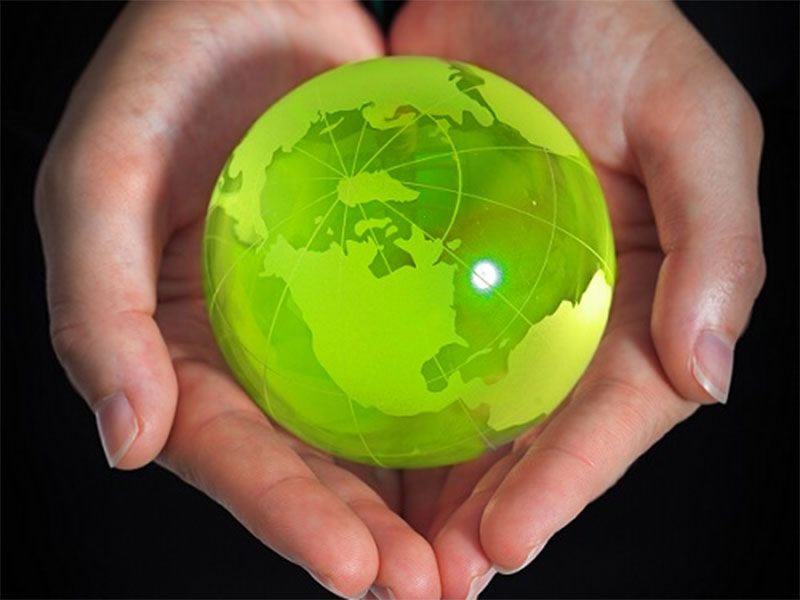Morningstar’s globe ratings, which measure how well the holdings in a fund’s portfolio are managing their environmental, social, and governance, or ESG, risks, have revealed an interesting disparity between what the fund managers says is ESG and what Morningstar say is ESG.
Just under half the funds that are identified by fund managers as ‘socially conscious’ get an average or worse globe rating. So there is a clear disagreement between them and Morningstar about what counts as socially conscious.
Here are the details:
Equity fund globe rating breakdown
If you look at the first graph, we’ve looked at every European-domiciled fund that has a globe rating – that’s about 11,000 out of the total universe of 38,000. A fund can only get a rating if Morningstar can look at at least 50% of the underlying holdings.

The red bars show the split between the different globe ratings for all 11,000 funds. Around 10% are rated high, 20% above average, 35% average, just over 10% below average and 10% low.
The green bars are those funds which are marked as ‘socially conscious’ in the Morningstar data. So you might expect them to all have above average ESG ratings from Morningstar but, while there is definitely a skew to higher ratings, it is far from comprehensive. In fact, just under 50% of socially conscious funds have an average or below rating; close to 20% are below average.
Equity fund globe rating breakdown
When it comes to bonds, the situation is much less extreme, but still almost 30% of funds are rated average or below.

If you want more detail about how Morningstar sets its globe ratings, click here.







